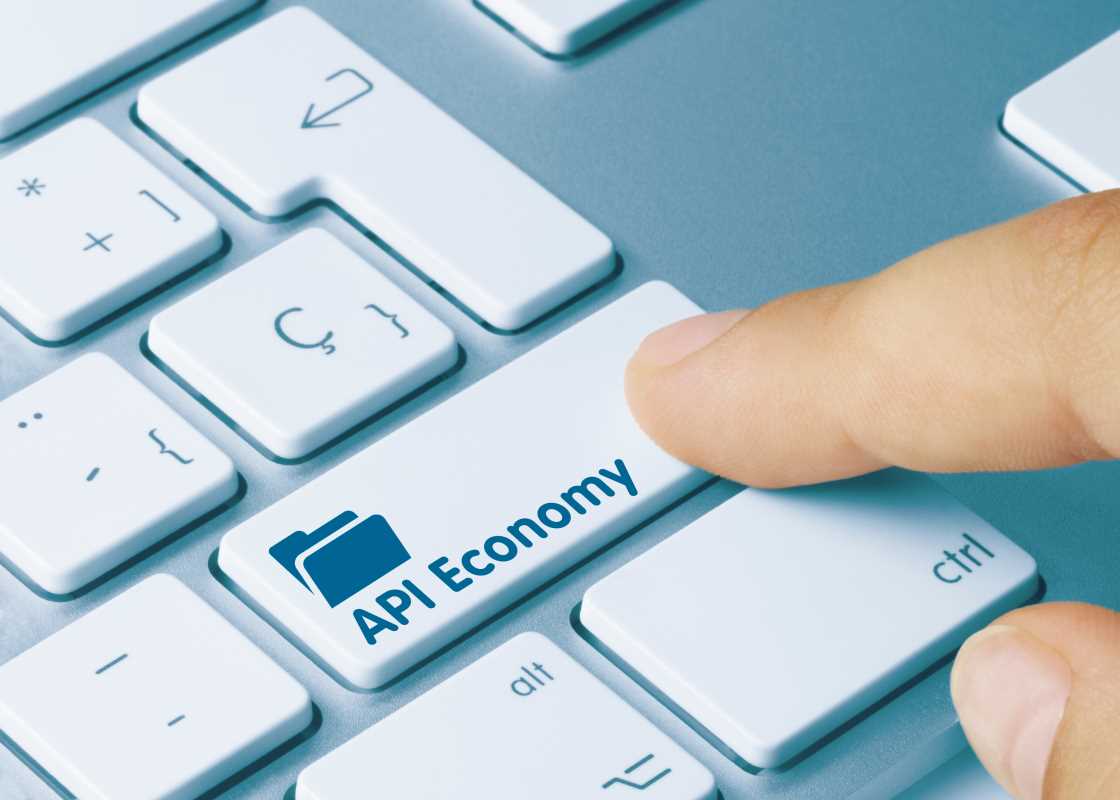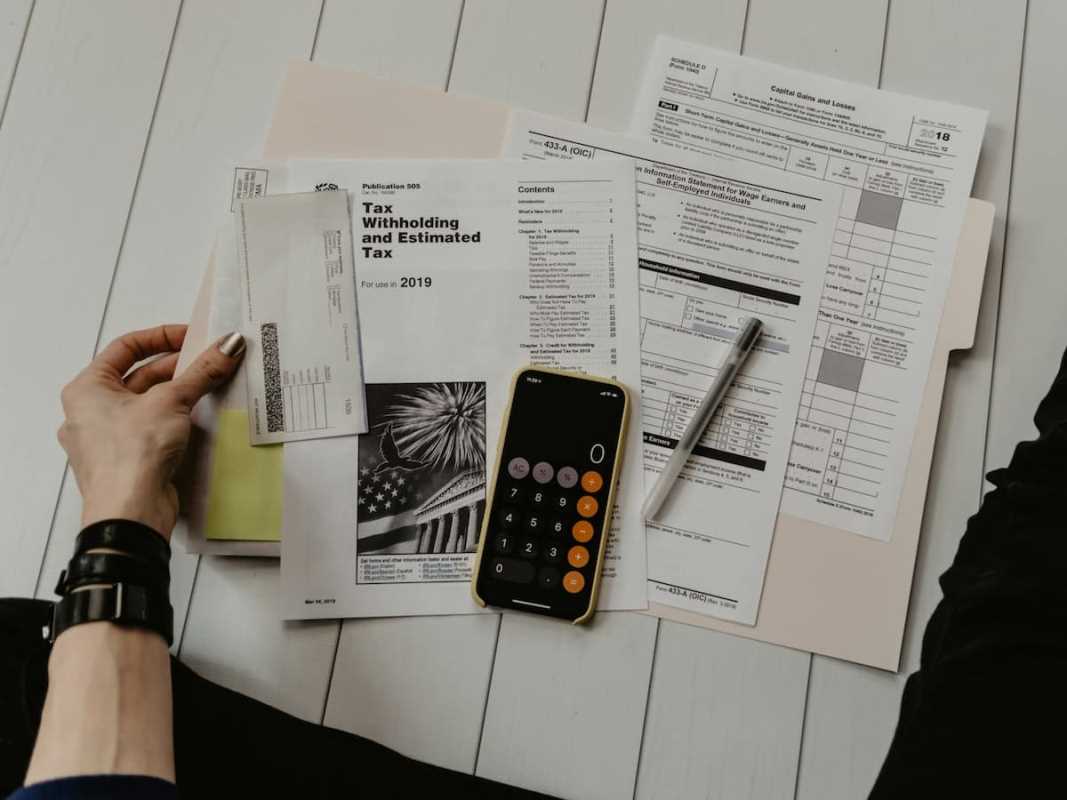Managing finances effectively doesn’t have to come with a hefty price tag. Thanks to advancements in technology, a variety of affordable and even free financial planning tools are available to help you take control of your money. Whether you’re struggling to set a budget, tracking expenses, saving for a big goal, or paying down debt, these cost-effective solutions can empower you to make smarter financial decisions without draining your wallet.
Here’s a guide to some of the top budget-friendly financial planning tools and how you can use them to achieve your financial goals.
1. Budgeting Made Easy with Free Apps
Creating and sticking to a budget is a fundamental step in financial planning. Thankfully, several free or low-cost apps make it simple to track income, expenses, and savings goals.
Top Budgeting Apps to Consider:
- Mint: This free app syncs to your bank accounts and automatically categorizes your expenses. You can set budgets for various spending categories, receive alerts for upcoming bills, and monitor your credit score all in one place.
- YNAB (You Need a Budget): For $14.99/month (but free for the first 34 days), YNAB focuses on helping you allocate every dollar you earn with its zero-based budgeting system. It’s particularly useful for individuals looking to break the paycheck-to-paycheck cycle.
- EveryDollar: Created by Dave Ramsey, this app offers a clean, intuitive interface for zero-based budgeting. The free version allows for manual updates, while the premium version includes bank syncing for automated tracking.
Pro Tip: Schedule weekly “money check-ins” using your app of choice to review your spending and ensure you’re staying within your budget.
2. Streamlining Expense Tracking
Knowing where your money goes each month is essential for identifying ways to cut costs or reallocate funds toward savings.
Affordable Tools for Expense Management:
- PocketGuard: Another free app, PocketGuard analyzes your spending patterns and shows how much “safe to spend” money you have after covering bills, savings, and essentials.
- Spreadsheets: For a no-cost option, use Google Sheets or Excel templates to manually track your expenses. Many free templates are available online to get you started.
- Wally: This personal finance app helps you track expenses, scan receipts, and visualize your spending trends. It’s free, with paid upgrades for additional features like group budgets.
Why It Helps: Tracking expenses helps uncover overspending habits and highlights opportunities to adjust spending habits in favor of your financial priorities.
3. Simplifying Saving Goals
Whether you’re saving for a vacation, an emergency fund, or a major purchase, having the right tool can help you stay on track.
Tools to Help You Save:
- Qapital: This app gamifies savings by rounding up transactions or setting automated rules (like saving $5 every time you skip buying coffee). Plans start at $3 per month.
- Digit: For $5/month, Digit analyzes your income, spending, and unused funds, then automatically transfers small amounts to savings so you won’t feel the pinch.
- SmartyPig: This free savings platform allows you to set specific savings goals and even earn interest on your deposits.
Pro Tip: Divide your savings into separate categories or “buckets” for better clarity and accountability toward individual goals.
4. Investment Platforms for Beginners
Investing can seem intimidating, but modern tools have made it more accessible for beginners, even those on a tight budget.
Affordable Investment Options:
- Acorns: Starting at just $3/month, Acorns rounds up your daily purchases and invests the spare change in diversified portfolios. Better yet, it works on autopilot.
- Robinhood: Known for its commission-free trades, Robinhood lets users buy and sell stocks, ETFs, and cryptos. While the app is free, use it wisely to avoid risky investments.
- Wealthfront: With a $500 minimum investment, this robo-advisor charges just 0.25% annually to manage and grow your portfolio according to your goals and risk tolerance.
Why It Works: Investment tools minimize barriers like high fees or account minimums, making it easier to build wealth over time.
5. Tackling Debt with Management Tools
If debt is standing between you and your financial goals, these tools can help you manage, pay off, or consolidate what you owe.
Debt Management Tools:
- Undebt.it: This free online tool helps you map out a custom debt repayment strategy. Whether you follow the snowball or avalanche method, Undebt.it calculates payoff timelines and tracks your progress.
- Debt Payoff Planner: Available for a one-time cost of $0.99, this app allows you to create detailed repayment plans for loans or credit card debt.
- Tally: If you have high-interest credit card debt, Tally offers a line of credit to consolidate your balances and lower your interest rate. While the service isn’t free, it can save users significant money over time.
Pro Tip: Focus on clearing high-interest debts first to save on costs and accelerate your financial freedom.
6. Free Resources for Financial Literacy
The best financial decisions stem from knowledge. Many free digital resources are available to help you expand your financial know-how.
Top Resources to Explore:
- Khan Academy’s Personal Finance Courses: Free, beginner-friendly courses covering budgeting, investing, and saving.
- Government Websites: Sites like MyMoney.gov or CFPB.gov provide budget calculators, worksheets, and expert advice.
- YouTube Channels: Platforms like Graham Stephan or The Financial Diet offer actionable insights without the jargon.
Why It Matters: Strong financial literacy prevents costly errors and empowers you to make confident decisions about your money.
7. Comparing Tools Side-by-Side
The sheer number of options can feel overwhelming, so here’s how to choose the best tools for you.
Tips for Selection:
- Identify Your Needs: Are you budgeting, saving, or investing? Choose tools designed for your primary financial goals.
- Read Reviews: Explore app stores or forums for user feedback to gauge reliability and ease of use.
- Start Small: Test free tools like Mint or Google Sheets before committing to paid services like YNAB.
Pro Tip: Remember that the best tools are the ones you’ll consistently use. Pick something that fits seamlessly into your daily life.
 (Image via
(Image via





